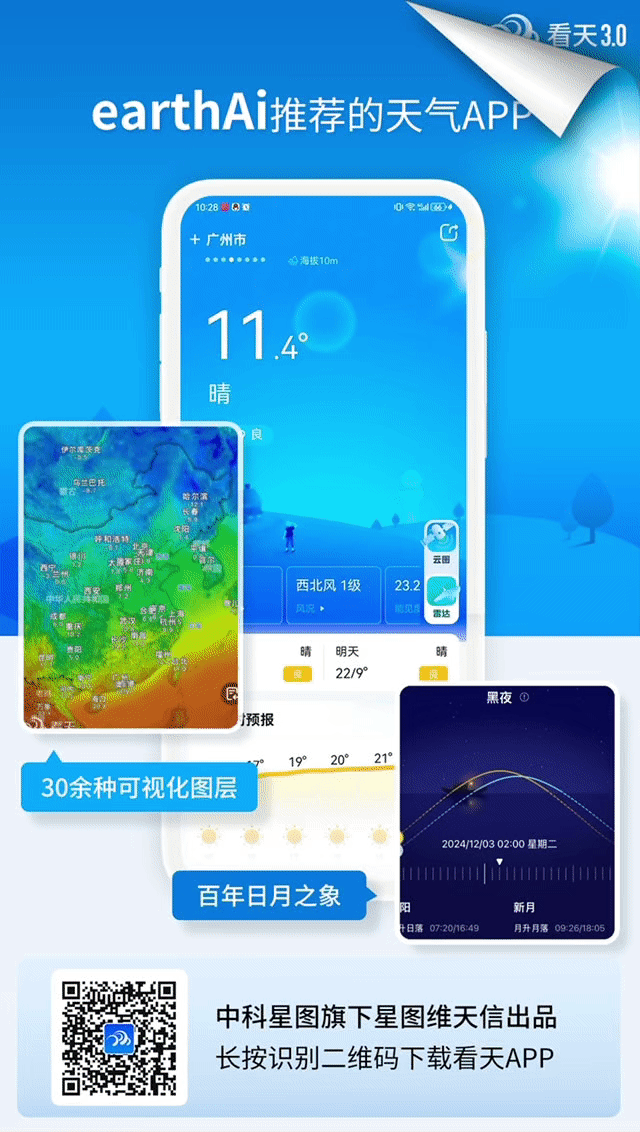Quality Control of Environmental Sensor Networks Using Graph Neural Networks

Research Background
Environmental sensor networks play a crucial role in monitoring key parameters of the Earth system. Effective quality control (QC) measures are essential to ensure the reliability and accuracy of the collected data. Traditional QC methods struggle with the complexity of environmental data, while advanced techniques such as neural networks are often not designed for handling sensor network data with irregular spatial distributions. This study focuses on using Graph Neural Networks (GNN) for anomaly detection in environmental sensor networks, where GNN can represent the sensor network structure as a graph.
Research Significance
The significance of this study lies in its filling the gap in existing research regarding the use of GNN for environmental sensor data QC. Through case studies, it reveals potential issues and shortcomings of GNN in anomaly detection. This is important for enhancing public trust in GNN models and developing more reliable environmental sensor data QC models. Moreover, the research results provide direction for future model improvements and optimizations, contributing to the further enhancement of GNN’s application value in the field of environmental sensor data QC.
Methods
The researchers employed Graph Neural Networks (GNN), particularly Graph Convolutional Networks (GCN), to address the anomaly detection problem in environmental sensor networks. To evaluate the benefits of incorporating neighboring sensor information for anomaly detection, the researchers compared two models: GCN and a baseline model without graph structure, the Long Short-Term Memory network (LSTM). Robust evaluation through five-fold cross-validation demonstrated the superiority of the GCN model.
Data
The data used in the study includes Commercial Microwave Link (CML) signal level data for rainfall estimation and SoilNet soil moisture measurement data. The CML data was collected in collaboration with Ericsson Germany, covering 3904 CMLs across Germany. The SoilNet data is a continuous measurement data subset from the Hohes Holz observation station within the TERENO network, including measurements of soil moisture, soil temperature, and device battery voltage.
Research Results
CML data: The Area Under the Receiver Operating Characteristic Curve (AUC) for the GCN model was 0.941, while the baseline LSTM was 0.885. Visual inspection of CML time series showed that GCN could proficiently classify anomalies and was resistant to rain-induced events that the baseline LSTM often misidentified. SoilNet data: The AUC for GCN was 0.858, while the baseline LSTM was 0.816. However, for SoilNet, the advantage of GCN was less pronounced, which may be due to inconsistent and imprecise labels.
Conclusions and Limitations
The main conclusion of the study is that while ML models generally outperform physics-based numerical weather prediction (NWP) models on benchmark datasets, this is not always the case when predicting extreme events and composite impact indicators. The GCN model has limitations in predicting extreme events, such as the absence of certain influential variables, which restricts its application in assessing health risks. Additionally, the GCN model may not extrapolate effectively under extreme conditions as NWP models do, leading to increased prediction errors. However, the study also has some shortcomings. Firstly, it is based on only two case studies, with a small sample size, making it difficult to draw general conclusions about the GNN model in all environmental sensor data QC. Secondly, the training data used for the GCN model differed from the ‘true’ dataset of HRES, which may affect the comparison of model performance. Furthermore, the study did not consider probabilistic forecasting, which is significant in practical weather forecasting.
Discussion
The research results indicate that GCN and baseline LSTM models each have strengths and weaknesses in predicting extreme weather events. The GCN model can provide more accurate predictions in certain cases, but its performance may be affected when dealing with extreme conditions and the lack of certain key variables. This suggests that in practical applications, it is essential to consider the characteristics of both the GCN and baseline LSTM models, as well as their performance in different situations, to formulate more effective environmental sensor data QC strategies.
Future Work
Future research can further explore how to combine the GCN model with the baseline LSTM model to leverage the strengths of both, improving the accuracy of environmental sensor data QC. Additionally, researchers can attempt to use more environmental sensor network cases to validate the performance of the GCN model and explore how to improve the GCN model for better predictions of key variables such as surface moisture. Moreover, integrating machine learning and extreme value statistics methods is expected to further enhance the predictive capability for extreme risks.
Author and Affiliation Information
The authors of the article include Elżbieta Lasota, Timo Houben, Julius Polz, Lennart Schmidt, Luca Glawion, David Schäfer, Jan Bumberger, and Christian Chwala. They are affiliated with the Institute of Atmospheric and Environmental Research at Karlsruhe Institute of Technology in Germany, the Research Data Management Department at the Helmholtz Centre for Environmental Research in Leipzig, the Monitoring and Exploration Technology Department, and the German Centre for Integrative Biodiversity Research.
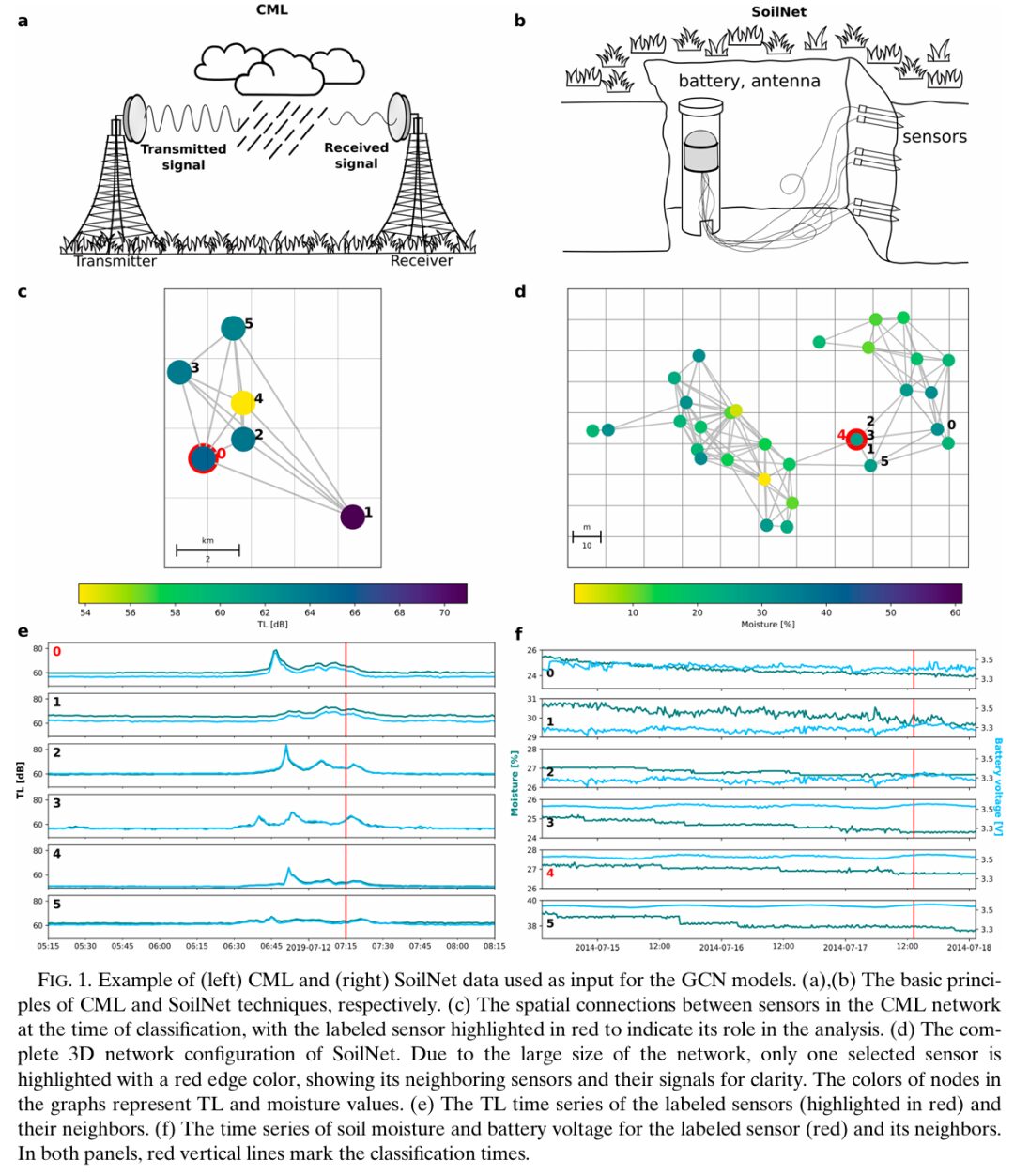
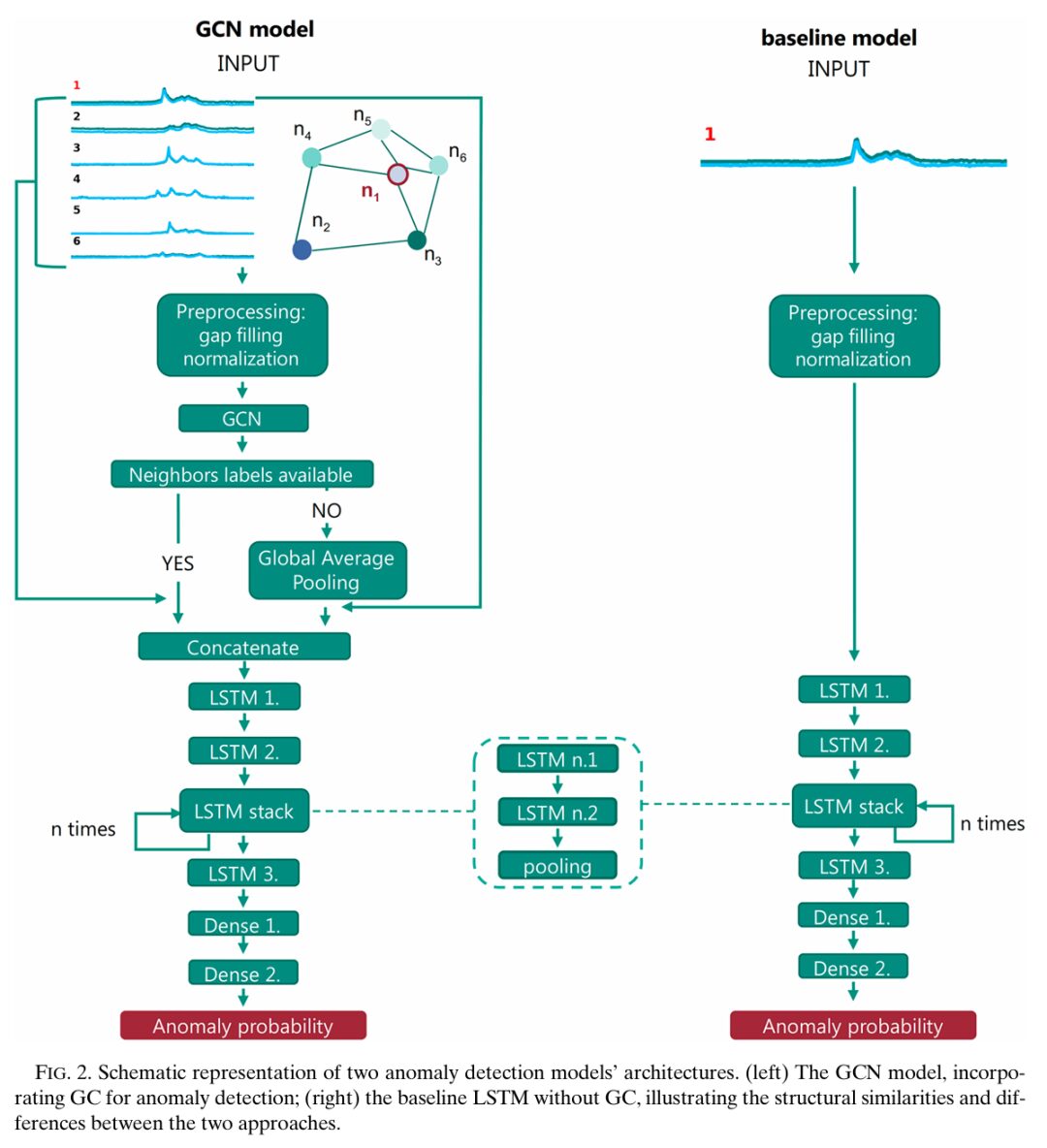
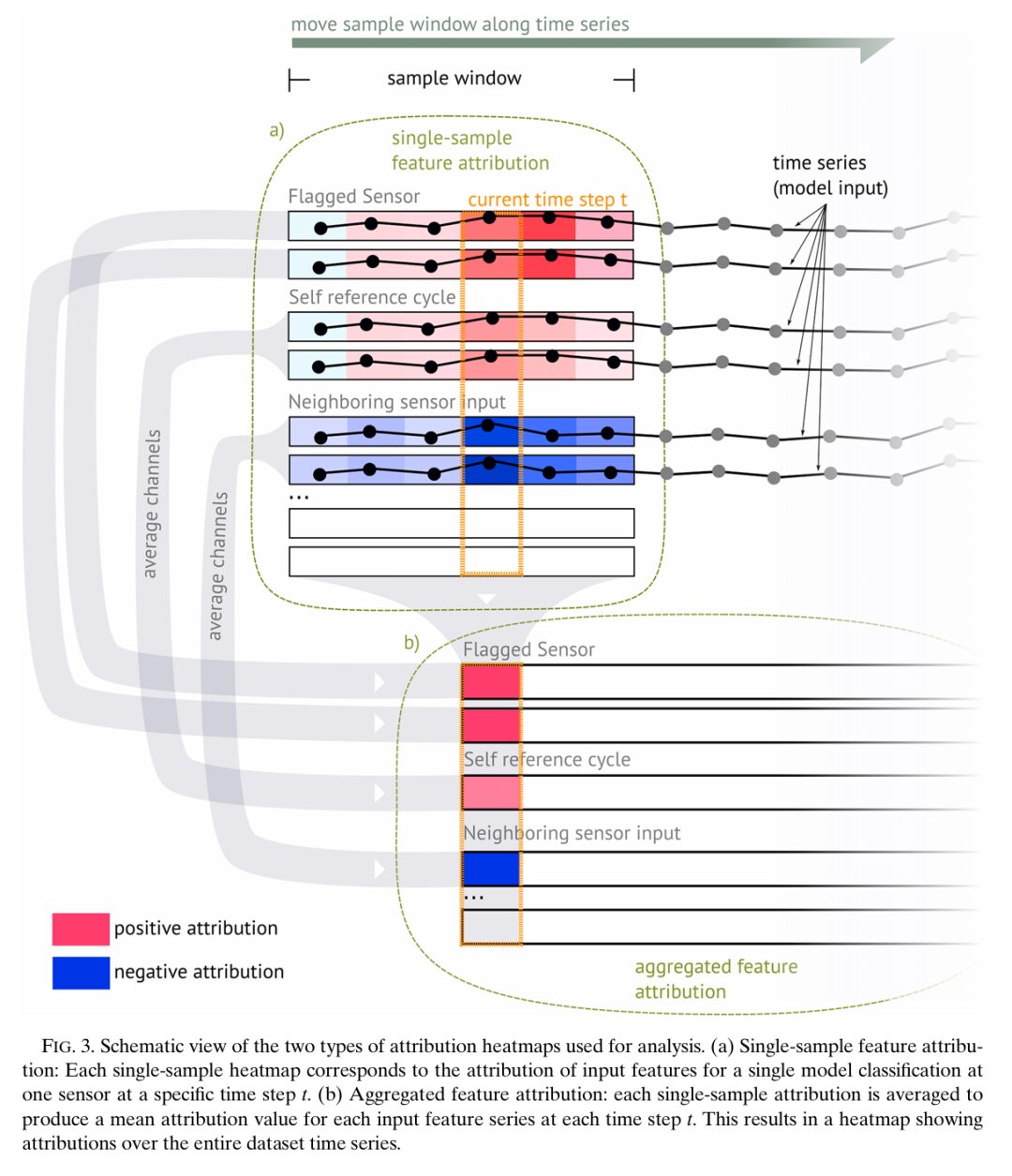
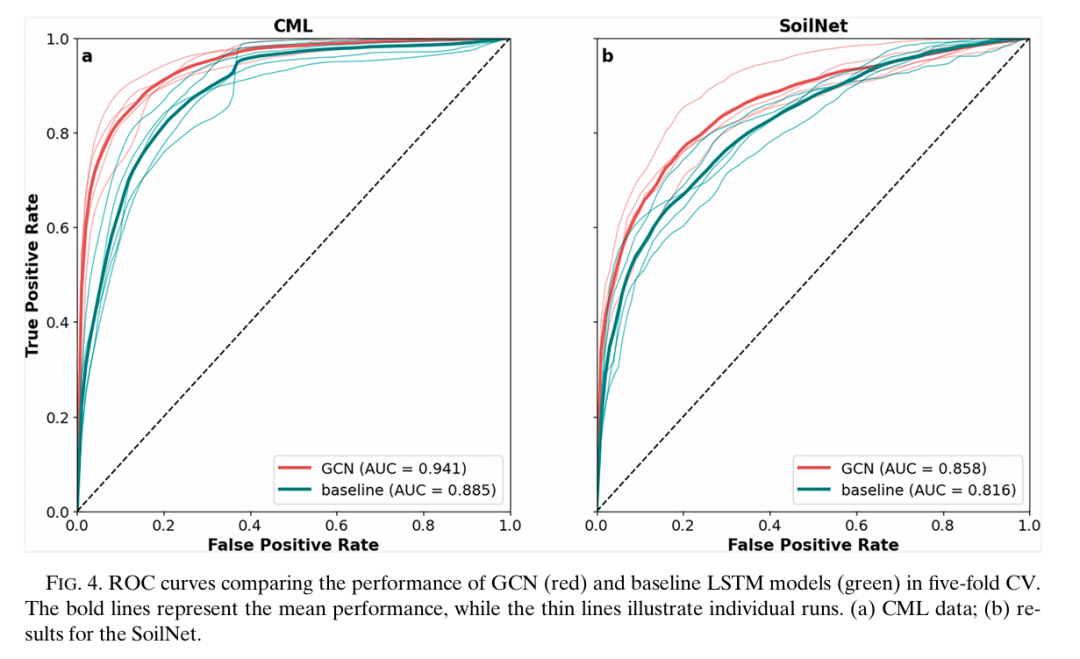
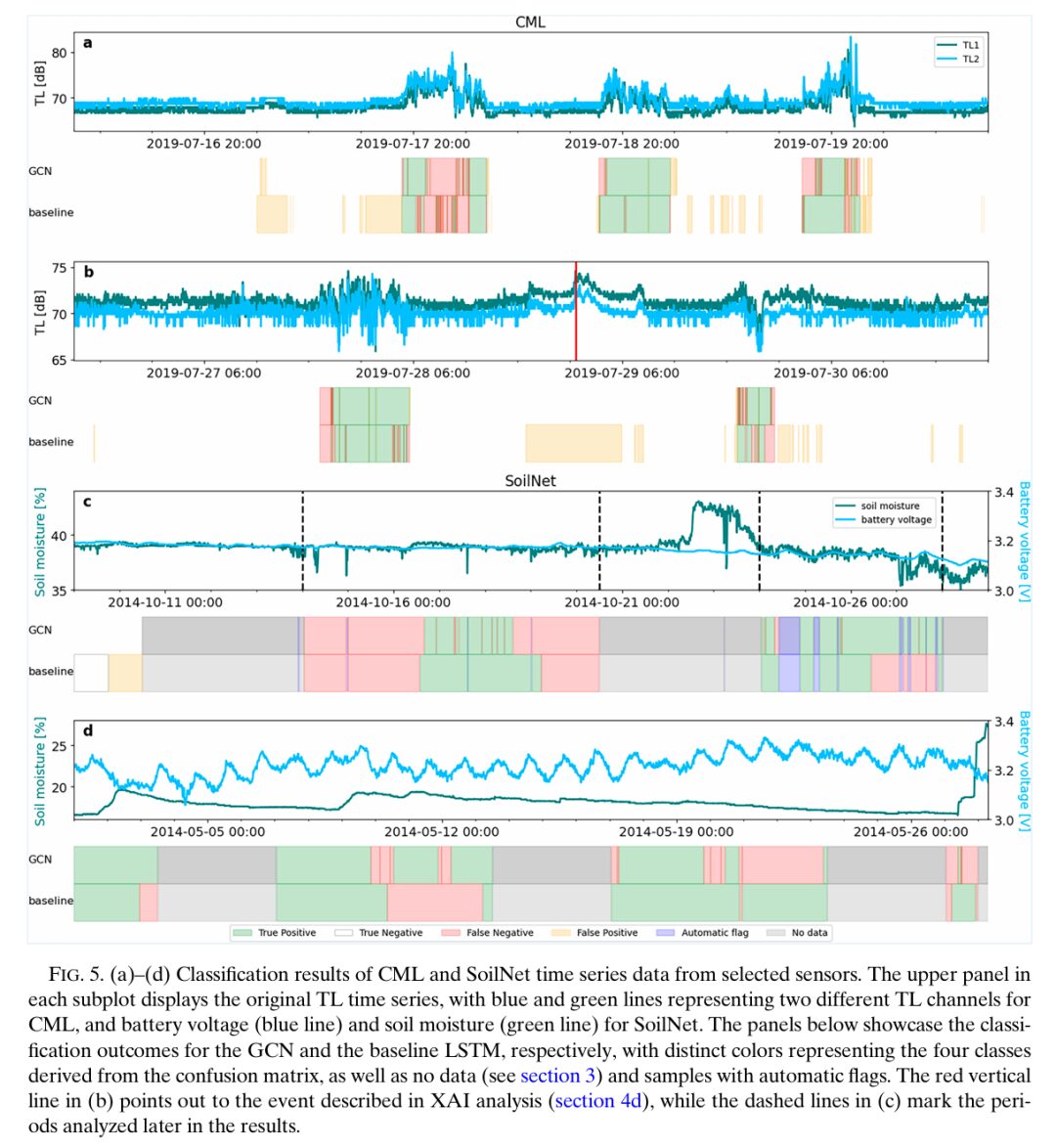
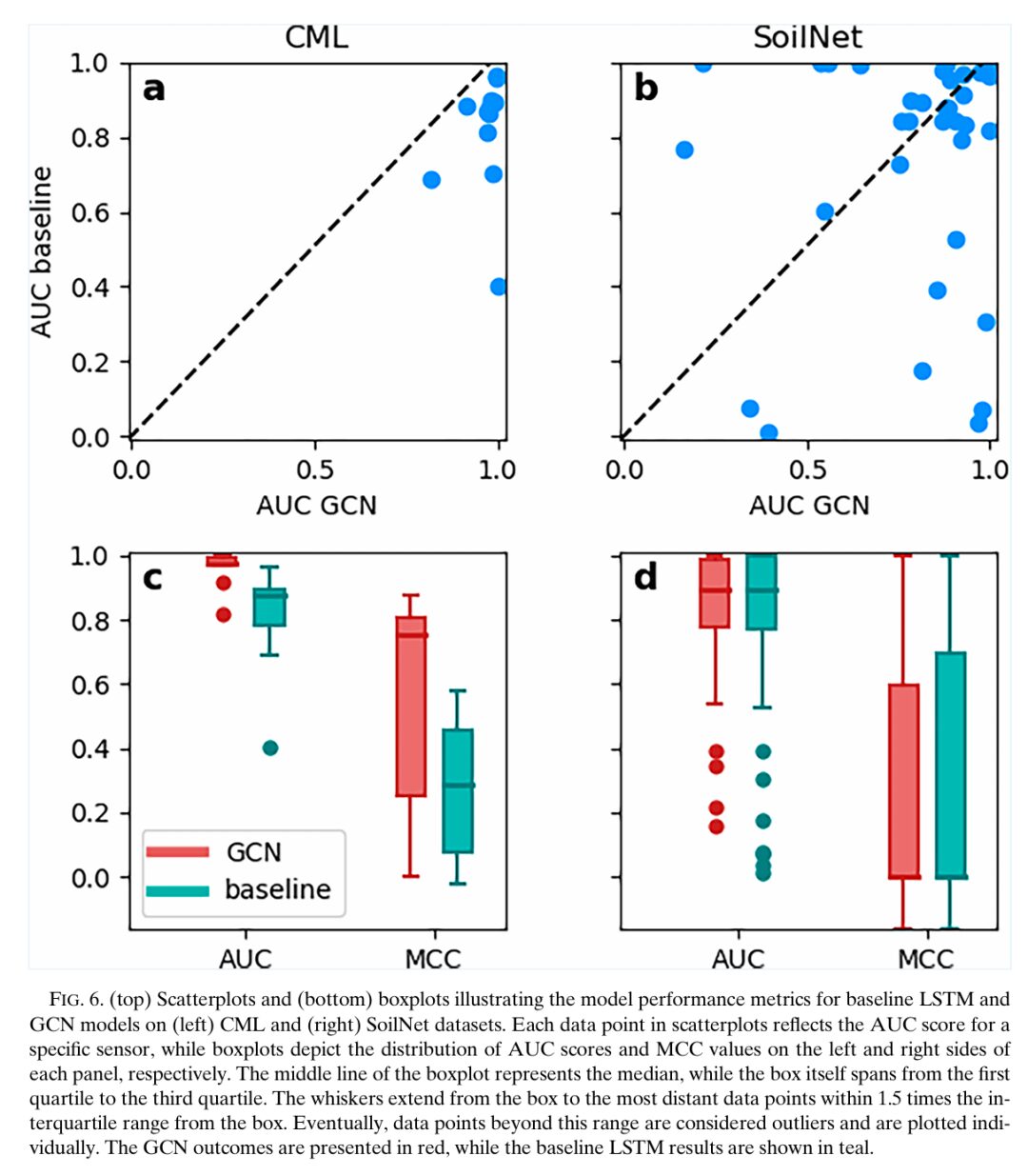
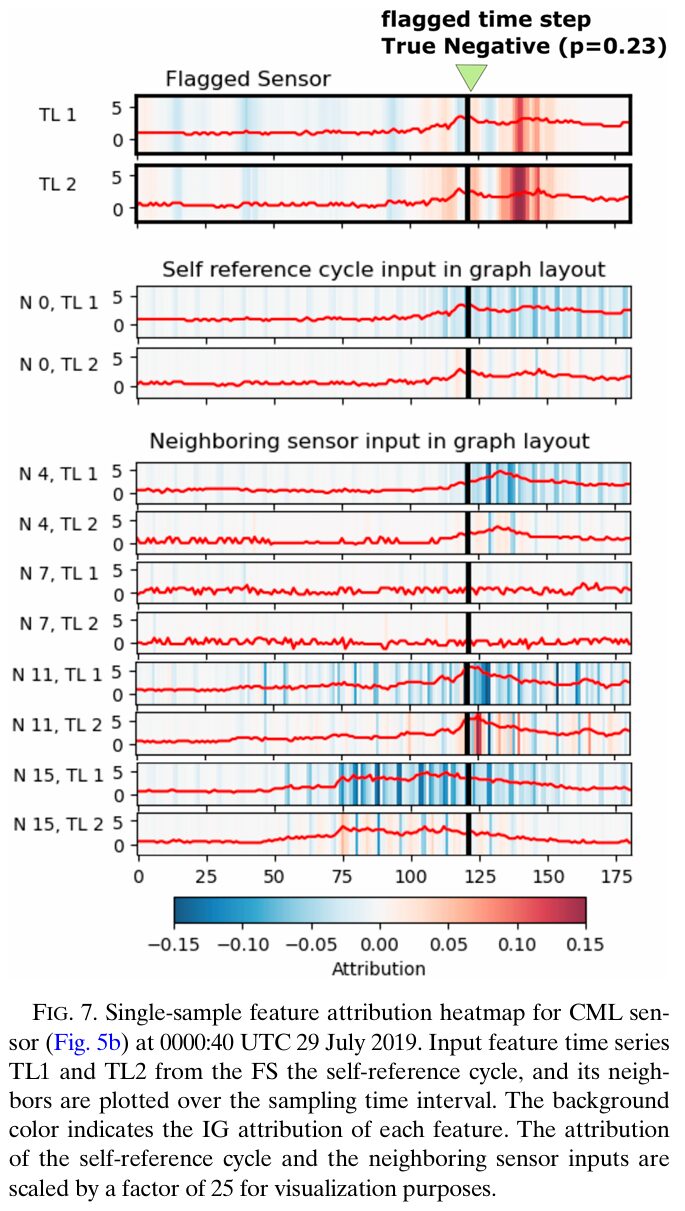
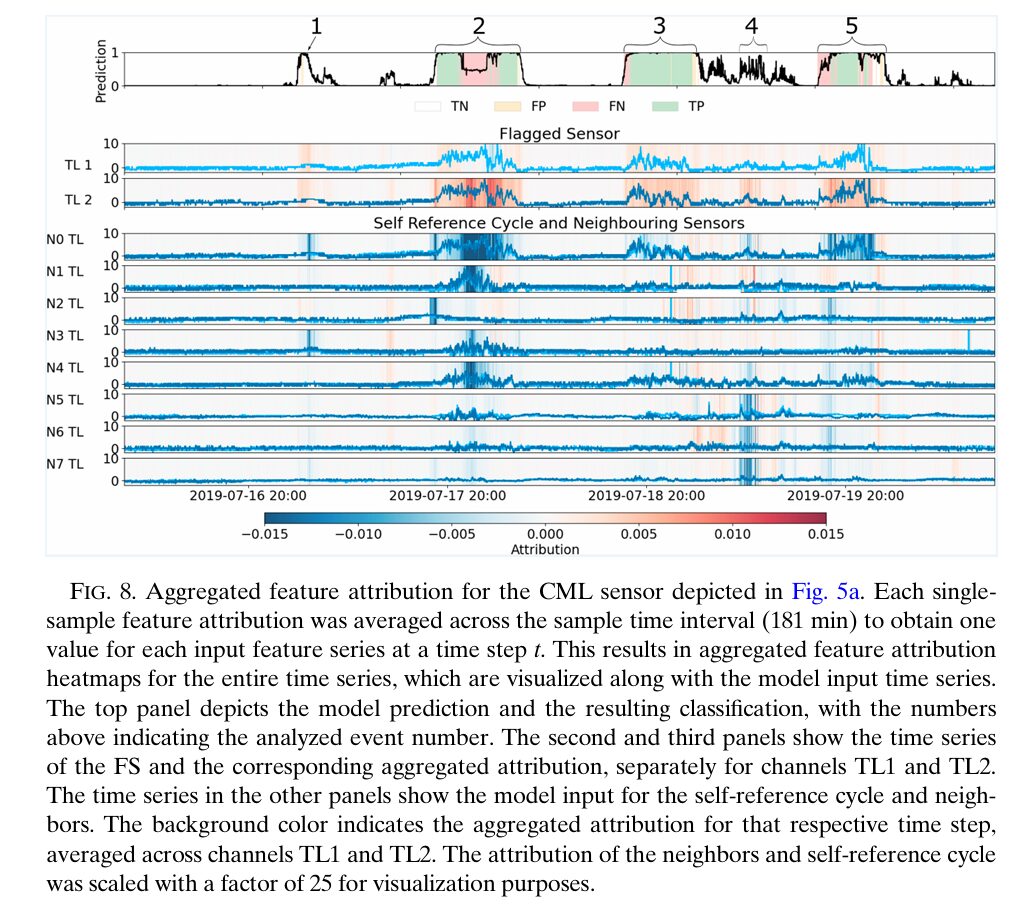
This is a detailed interpretation of the article. If there are any inaccuracies, please feel free to provide feedback! You can also message the editor (Earth_Ai).


WeChat Official Account: Earth-Ai
Business Contact: Earth_Ai
(Add EarthAi WeChat group + Business Cooperation,Please note: Name-Industry-Unit)

Shanghai Weifen Information Technology Co., Ltd.
Professional Commercial Meteorological Service Provider
Can provide meteorological products :
-
Over 3000 benchmark stations nationwide
3,213 major city stations, published once every hour,24 times a day, each time providing current weather conditions at the city station at the hour (actual conditions will be updated 15 minutes, 20 minutes, and 30 minutes after the hour), including elements such as: weather phenomena, temperature, perceived temperature, wind speed, wind force, wind direction, relative humidity, pressure, 1-hour precipitation, 10-minute precipitation, visibility, sunrise time, sunset time, ultraviolet radiation, etc.
-
Radiosonde meteorological stations
-
Marine meteorological stations
-
Radar mosaic
-
Satellite cloud images (Fengyun 4, Huaihua 8)
-
Grid actual conditions, reanalysis data
-
Numerical forecasting: CMA EC GFS
-
Severe convective weather forecasting
-
Severe weather impact area forecasting
Severe convective weather (short-term heavy precipitation/hail/thunderstorm) probability forecast maps
-
Typhoons, tropical cyclones

(For inquiries about data details, please add WeChat, please note: Compliance Data)
Can provide various meteorological consulting services both domestically and internationally
This company provides stable and reliable services, you deserve it
